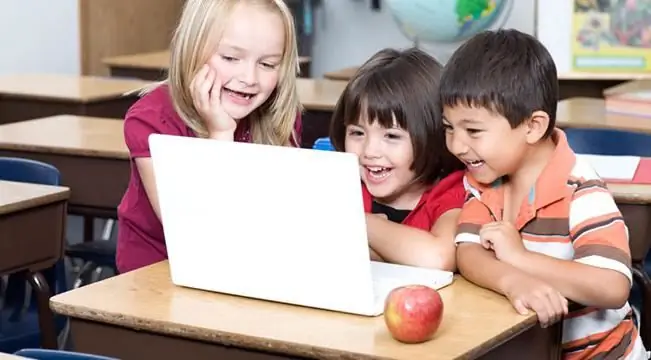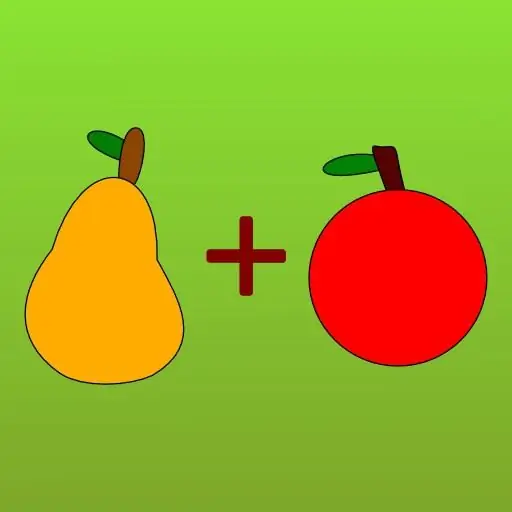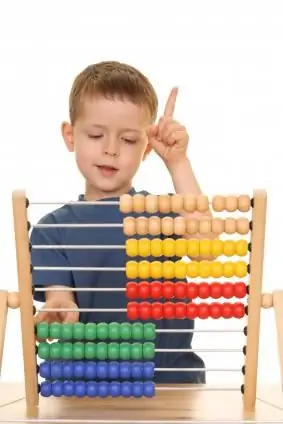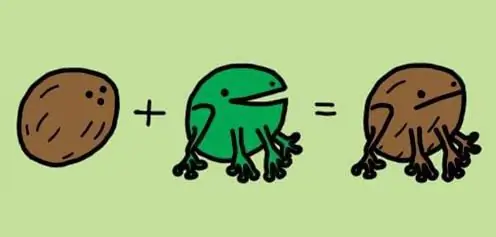The level of proficiency in the methods of oral and written calculations directly depends on the children's mastering the issues of numbering. A certain number of hours are allotted for the study of this topic in each elementary school class. As practice shows, the time provided by the program is not always enough to develop skills.
Understanding the importance of the question, an experienced teacher will definitely include exercises related to numbering in each lesson. In addition, he will take into account the types of these tasks and the sequence of their presentation to students.
Program Requirements
To understand what the teacher himself and his pupils should strive for, the first one must clearly know the requirements that the program puts forward in mathematics in general and in matters of numbering in particular.

- The student must be able to form any numbers (understand how this is done) and call them - a requirement that applies to oral numbering.
- While studying written numbering, children should learn not only to write down numbers, but also to compare them. At the same time theyrely on knowledge of the local meaning of the digit in the notation of the number.
- Children get acquainted with the concepts of "digit", "digit unit", "digit term" in the second grade. Starting from the same time, the terms are entered into the active dictionary of schoolchildren. But the teacher used them in math lessons in the first grade, before learning the concepts.
- Know the names of the digits, write the number as a sum of digit terms, use in practice such counting units as ten, one hundred, one thousand, reproduce the sequence of any segment of the natural series of numbers - these are also the requirements of the program for the knowledge of elementary school students.
How to use tasks
The groups of tasks suggested below will help the teacher to fully develop skills that will eventually lead to the desired results in the development of students' computational skills.

Exercises can be used in the classroom during oral counting, repetition of the material covered, at the time of learning new things. They can be offered for homework, in extracurricular activities. Based on the material of the exercises, the teacher can organize group, frontal and individual forms of activity.
Much will depend on the arsenal of techniques and methods that the teacher owns. But the regularity of using tasks and the sequence of practicing skills are the main conditions that will lead to success.
Form numbers
The following are examples of exercises aimed at practicing understanding the formation of numbers. Their necessarythe amount will depend on the level of development of the students in the class.
- Using the picture, describe how the number was formed. Read it (2 hundreds, 4 tens, 3 ones). The number is represented by geometric shapes, such as large and small triangles, dots.
- Write and read the numbers. Depict them using geometric shapes. (The teacher reads: "2 hundreds, 8 tens, 6 units". Children listen to the task, then perform it sequentially.)
- Continue recording according to the pattern. Read the numbers and draw them with the model. (4 cells 8 units=4 cells 0 dec 8 units=408; 3 cells 4 units=… cells … dec … units=…).

Name and write numbers
- Exercises of this type include tasks where you need to name the numbers represented by the geometric model.
- Name the numbers by typing them on the canvas: 967, 473, 285, 64, 3985. How many units of each digit do they contain?

3. Read the text and write down each numeral in numbers: seven … cars transported one thousand five hundred and twelve … boxes of tomatoes. How many of these trucks would it take to transport two thousand eight hundred and eight… crates of the same kind?
4. Write the numbers in numbers. Express the values in small units: 8 hundred. 4 units=…; 8 m 4 cm=…; 4 hundred. 9 dec.=…; 4 m 9 dm=…
Reading and comparing numbers
1. Read aloud the numbers that consist of: 41 dec. 8 units; 12 dec.; 8 dec. 8 units; 17des.
2. Read the numbers and select the appropriate image for them (different numbers are written on the board in one column, and models of these numbers are shown in the other in random order, students must match them.)
3. Compare the numbers: 416 … 98; 199 … 802; 375 … 474.
4. Compare the values: 35 cm … 3 m 6 cm; 7 m 9 cm … 9 m 3 cm
Working with bit units
1. Express in different bit units: 3 hundred. 5 dec. 3 units=… cells. … units=… dec. … units
2. Fill in the table:
| Number pattern | 3 digit units | Units 2 digits | 1 digit units | Number |
3. Write down the numbers, where the number 2 denotes the units of the first digit: 92; 502; 299; 263; 623; 872.
4. Write down a three-digit number, where the number of hundreds is three and the units is nine.
Sum of bit terms

Examples of tasks:
- Read the notes on the board: 480; 700 + 70 + 7; 408; 108; 400+8; 777; 100+8; 400 + 80. Place three-digit numbers in the first column, the sum of the bit terms should be in the second column. Use an arrow to connect the amount with its value.
- Read the numbers: 515; 84; 307; 781. Replace with the sum of bit terms.
- Write a five-digit number with three digit terms.
- Write a six-digita number containing one bit term.
Learning multi-digit numbers
- Find and underline three-digit numbers: 362, 7; 17; 107; 1001; 64; 204; 008.
- Write down the number that has 375 first class units and 79 second class units. Name the largest and smallest bit term.
- How are the numbers of each pair similar and different from each other: 8 and 708; 7 and 707; 12 and 112?
Applying a new counting unit
- Read the numbers and say how many tens are in each of them: 571; 358; 508; 115.
- How many hundreds are there in each written number?
- Split the numbers into several groups, justifying your choice: 10; 510; 940; 137; 860; 86; 832.
Local value of a digit
- From digits 3; 5; 6 make up all possible three-digit numbers.
- Read the numbers: 6; sixteen; 260; 600. What figure is repeated in each of them? What does it mean?
- Find the similarities and differences by comparing the numbers with each other: 520; 526; 506.
We know how to count quickly and correctly
Assignments of this type should include exercises that require a certain number of numbers to be arranged in ascending or descending order. You can invite children to restore the broken order of numbers, insert missing ones, remove extra numbers.
Finding the values of numerical expressions
Using the knowledge of numbering, students should easily find the values of expressions like: 800 - 400; 500 - 1; 204 + 40. At the same time, it will be useful to constantly ask the children what theynoticed, when performing an action, ask them to name one or another bit term, draw their attention to the position of the same digit in a number, etc.

All exercises are divided into groups for ease of use. Each of them can be supplemented by the teacher at his discretion. The science of mathematics is very rich in tasks of this type. Bit terms, which help to master the composition of any multi-digit number, should take a special place in the selection of tasks.
If this approach to the study of the numbering of numbers and their digit composition will be used by the teacher throughout all four years of study in elementary school, then a positive result will definitely appear. Children will easily and without errors perform arithmetic calculations of any level of complexity.






